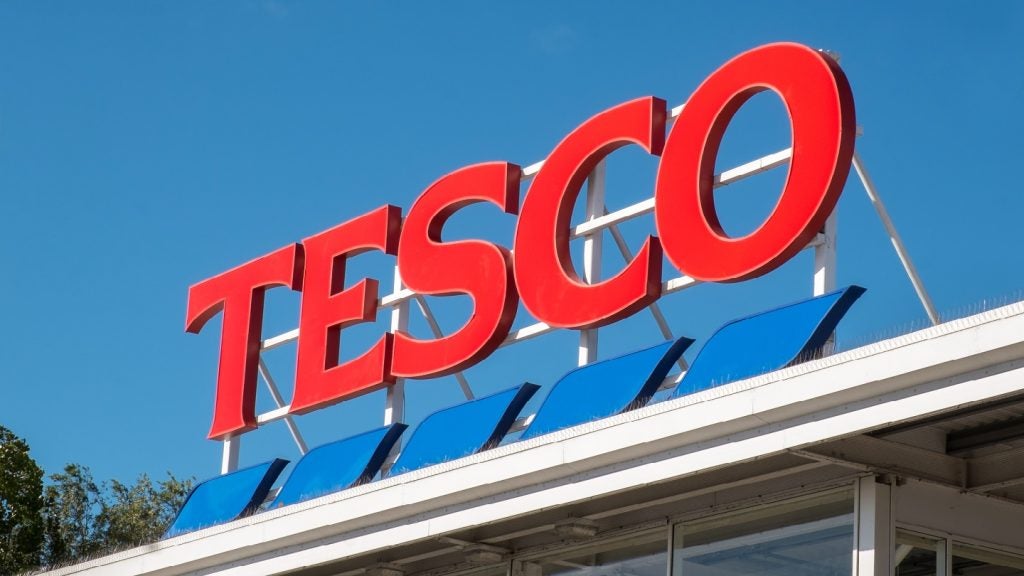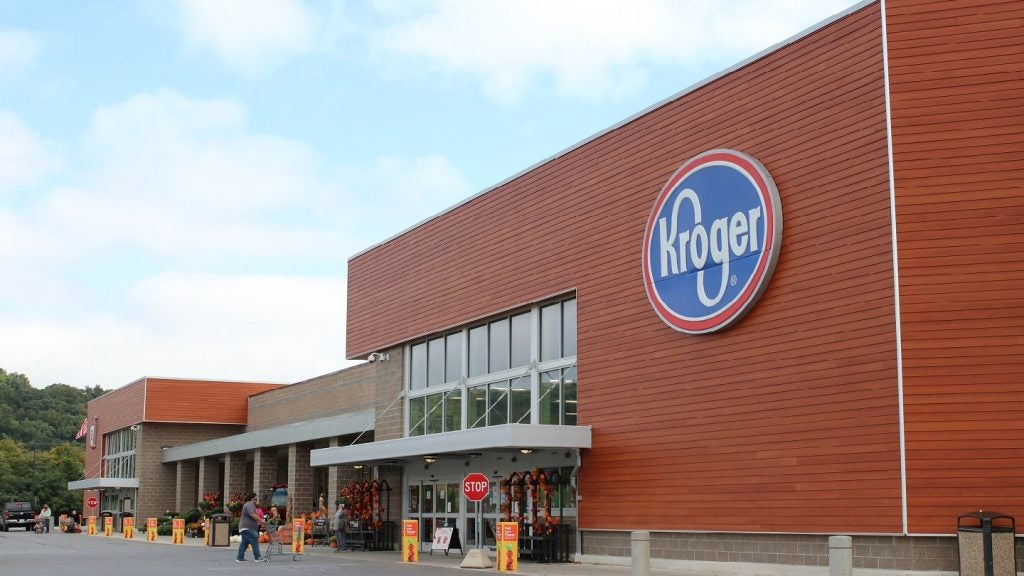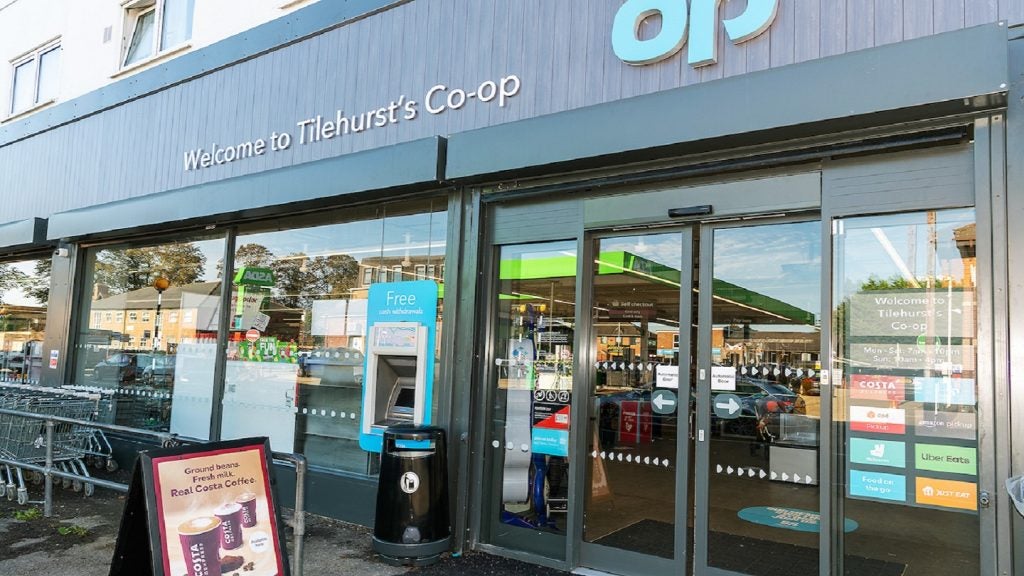The UK recorded a 3.3% year-on-year (YoY) increase in retail footfall in September 2024, an improvement from the 0.4% fall in the previous month, as per figures from the British Retail Consortium (BRC) and Sensormatic.
During the five weeks covering 25 August to 28 September 2024, high street footfall in the UK increased by 0.9% YoY, up from a drop of 0.3% in August.
Footfall in shopping centres also increased by 2.3% YoY last month, compared with the 1.8% drop in the previous year.
During the month, all four UK nations witnessed an increase in footfall against the previous year.
Wales registered the highest footfall growth at 5.4% YoY in September, followed by England, which posted footfall growth of 3.6% YoY.
Northern Ireland and Scotland posted YoY footfall growth of 2.5% and 0.7% respectively over the month.
BRC CEO Helen Dickinson said: “Footfall rose for the first time in over a year as mild temperatures combined with weak footfall last year led to strong growth in September. It was neither too hot nor too cold for customers, leaving retailers in the sweet spot for additional shopping trips.
“This compared positively to last year when the intense heatwave caused many people to stay home and delay purchases of autumnal clothes and products. Retail parks continued to perform particularly well as the increased rain drove some people towards shopping areas with nearby parking.
“While retailers will welcome this autumnal boost, it is the next few months, in the run-up to Christmas, that are most important. The Chancellor wants to boost confidence and help unlock business investment.
“A Retail Business Rates Corrector, a 20% adjustment to bills for all retail properties, would help mitigate the disproportionate impact of business rates on retail, driving investment and helping to rejuvenate high streets. This, in turn, would boost shopper footfall and create thriving communities up and down the country.”
Meanwhile, data from the BRC and NielsenIQ released recently a deflation of 0.6% in UK shop prices last month, compared with the 0.3% deflation in August.
















